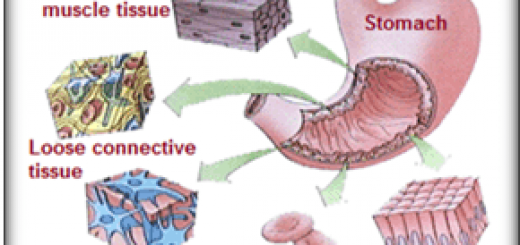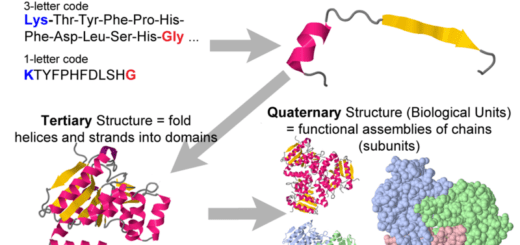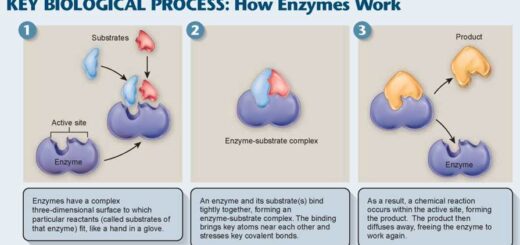Reproduction, Types of sexual reproduction (Conjugation, Reproduction by sexual gametes)
Sexual reproduction depends on meiotic division, on forming the gametes (male-female), where the number of chromosomes is reduced to its half (n) and during fertilization, the male gamete fuses with the female gamete, therefore the original number of chromosomes returns (2n) which differs according to the species of living organisms.
Sexual reproduction
Sexual reproduction provides the descendants with continuous innovations in their genetic content that enable them to continue facing environmental changes, It needs more time and consumes more energy than asexual reproduction, Because:
- It occurs after the elapse of a certain period of the organism age and in some cases, the parents should prepare the proper house or nest, or burrow before mating.
- Parents may alternate the guarding of eggs and protect their youngs till they grow.
- Some forms face more hardships to protect their youngs, as they keep their embryos within their bodies till they are formed and birth.
- The youngs may remain with their parents in social life for more protection and learning more about their behaviour.
- Production of new individuals is limited to the half number of species members which are females only.
Sexual reproduction necessitates the presence of two individuals (male and female) for the production of sexual gametes, Gametes should meet for fusion during fertilization, on mating the male gamete meets with the proper female gamete and fuses to form the zygote which divides and grows to form the embryo, then to the young and the adult.
The young gathers between the characters of the two parents, where it receives the genetic material from both parents, and thus it becomes a blend from both of them, Sexual reproduction is common in most plants and higher animals, The types of sexual reproduction are conjugation and reproduction by sexual gametes.
Types of sexual reproduction
Conjugation
Most primitive organisms such as some protozoans, algae & fungi reproduce by two methods which are:
- Asexual reproduction by mitotic division: which occurs in suitable conditions.
- Sexual reproduction by conjugation: which occurs in unsuitable conditions such as their exposure to a drought or a change in the water temperature or its purity.
Conjugation in Spirogyra
Spirogyra reproduces by conjugation (at unsuitable conditions) and there are two types of conjugation which are Scalariform conjugation and Lateral conjugation.
Spirogyra is known by the green scum which is more common in standing water, where its filaments float and each filament is formed of one row of cells.
Scalariform conjugation
It occurs between the opposite cells of two longitudinally adjacent filaments of Spirogyra as following:
- Two filaments of Spirogyra become adjacent to each other longitudinally.
- Protrusions grow inwards between some opposite pairs of cells.
- The protrusions meet each other and the separating walls between them disappear, forming the conjugation tube.
- The protoplasm of one filament cells rolls up into a sphere and moves through the conjugation tube to the opposite filament cells, forming the zygote (2n).
- The zygote is coated by a thick wall that protects it from unsuitable conditions and this is called the zygospore (2n) which remains dormant, till the surrounding conditions are improved.
- The zygospore divides meiotically to form four haploid cells (n), where three of them degenerate and the fourth one remains.
- The fourth cell divides mitotically to form a new algal filament (n).
The cells of the Spirogyra filament are haploid (n) and after the conjugation, the zygote is formed which is diploid (2n), so, it divides by meiosis before the germination of new algal filament, to return the haploid number of chromosomes to the cells again.
Lateral conjugation
This conjugation occurs in case of the presence of one algal filament only, It occurs between the adjacent cells of the same algal filament, where the protoplasm of one cell moves to the adjacent cell through an opening in the separating wall between them.
Reproduction by sexual gametes
The higher plants and animals reproduce by sexual gametes (male and female) that result from the meiosis division that takes place in gonads (genital organs), The types of gametes are male gametes and female gametes.
Male gamete
The producing organ is produced by male gonads (testis – anther), Male gametes are produced in large numbers, where each original cell produces four male gametes because some of them are subjected to loss during fertilization.
Male gametes are pointed body with little cytoplasm (where it loses most of its cytoplasm during its formation) and they do not store food.
Male gamete can move, where it is provided with a locomotory tail or flagellum (animals or human) to reach the female gamete, Male gamete transports the genetic material to the female gamete during fertilization.
Female gamete
The producing organ is produced by female gonads (ovary), Male gametes are produced in few numbers, where each original cell produces one female gamete (ovum) and three polar cells, Male gamete is spherical.
Male gamete often stores food, It remains stationary within the female body till fertilization (in case of the internal fertilization), Male gamete receives the genetic material from the male gamete.
The male gametes may be transported to the female gametes by two different ways that depend on the living organism species and its environment as follows:
External fertilization occurs in aquatic animals like bony fishes and toads, Both the male and female throw their gametes together in the water where fertilization occurs and the embryos develop in the water.
Internal fertilization occurs in terrestrial animals that live on lands like birds and mammals, The male should introduce his sperms to the ova, that remains within the female body till fertilization.
In the scientific references, the transport of the male gametes to the female gamete is known as ejaculation process which may be externally as in aquatic animals or internally as in terrestrial animals.
Fertilization is the fusion of the male gamete nucleus (n) with the female gamete nucleus (n) to form the zygote (2n) which divides mitotically to form the embryo.
Asexual reproduction
Asexual reproduction occurs by the isolation of a body part that develops into a new individual, It does not require time and energy, All individuals can reproduce (does not require a mate), It occurs by one parent, It depends on the mitotic division and it occurs without gametes.
The features of the following generations remain the same, The offsprings are fully resemble the parent in all of its characteristics, where it receives its genetic material from one parent.
The offsprings are exposed to destruction with any change in the environment, as they are less adapted with the changeable environment conditions, The types of asexual reproduction are binary fission, budding, regeneration, sporogony, tissues culture and parthenogenesis.
Sexual reproduction
It occurs by the fusion of a male gamete with a female gamete that is suitable for its species to form the zygote which divides and develops into an embryo, It needs more time and energy, The production of new individuals is limited to half the number of species members only which are the females.
It occurs by two parents that are different in sex (male and female) or a hermaphrodite individual, It depends on the meiotic division during the formation of gametes, then the mitotic division for the development.
Gametes must be parents, Sexual reproduction provides the descendants with continuous innovations in their genetic content, The youngs gather between the characteristics of the two parents, where it receives its genetic material from both parents.
Youngs are enabled to continue facing environmental variation, as they are more adapted to the changeable environmental conditions, The types are conjugation and reproduction by sexual gametes.
Reproduction in Humans, Structure of Male & Female reproductive (genital) system
Productive organs, Germ cells, Fertilization, Stages of cleavage, Implantation & Decidua
Alternation of generations, Life cycle of malaria parasite & Life cycle of a fern plant



